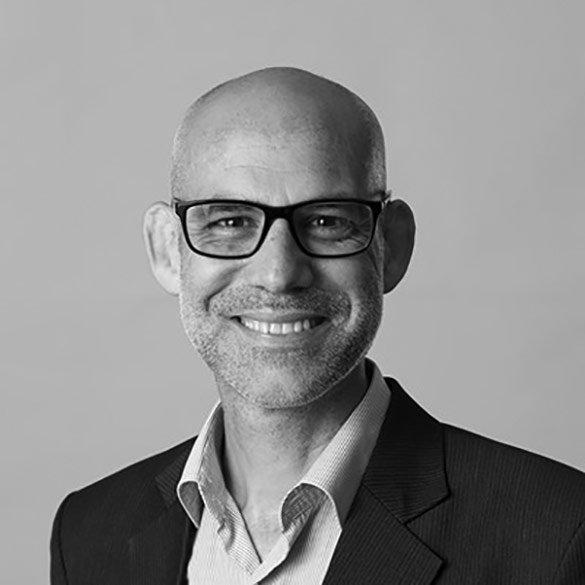The COVID-19 pandemic has exposed the fragility of global supply chains. After the disruption of lockdowns, communities may place higher value on self-sufficiency, health and wellbeing, and local amenities such as parks.
According to Lee Allen, Director of Urban Design & Landscape Architecture at design practice GHDWoodhead, the Western Parkland City being planned around Western Sydney Airport offers a unique opportunity for urban development that is both self-sufficient and sustainable.
Designed by GHDWoodhead, the Agri-Precinct concept showcases how sustainability and self-sufficiency principles and the latest technologies can be incorporated to create an attractive and liveable urban precinct within the Western Parkland City.
“The concept was developed in response to the growing population in western Sydney and the current and planned investment in infrastructure,” Lee explains. “This is an unprecedented opportunity to incorporate leading-edge sustainability measures into urban design from the outset, while also learning the lessons of COVID-19 about essential industries like food production and distribution.
“The Agri-Precint will focus on growing investment in agricultural innovations to create local jobs and foster a greater sense of local community. It will also include lots of green space, sporting fields, walking and cycling tracks for healthier lifestyles. The COVID-19 crisis has underscored just how important all of these things are.”
According to the Greater Sydney Commission, the population of the Western Parkland City is projected to grow from 740,000 in 2016 to 1.1 million by 2036. This growth will drive demand for residential, commercial and industrial development in a region which the Commission notes has “many more hot days, low rainfall and less tree canopy cover” compared to other parts of Sydney.
Featuring extensive areas of restored Blue Gum habitat, the Agri-Precinct would support a population of approximately 25,000 and comprise 800 ha of agricultural land, more than 24 ha of solar developments and an extensive wind farm.
Informed by circular economy principles, the Agri-Precinct is self-sustaining for its natural resources need: water recycling, agriculture, energy supply and the recycling of organic and inorganic materials.
“The vision supports a shared goal between government and private investors of delivering attractive and sustainable urban environments, while also responding to the growing demand for lifestyles that have less environmental impact,” Lee adds.
Other key features include:

Lee Allen
Sydney
T: +61 292 397 479
M:+61 455 673 981
E: Lee Allen